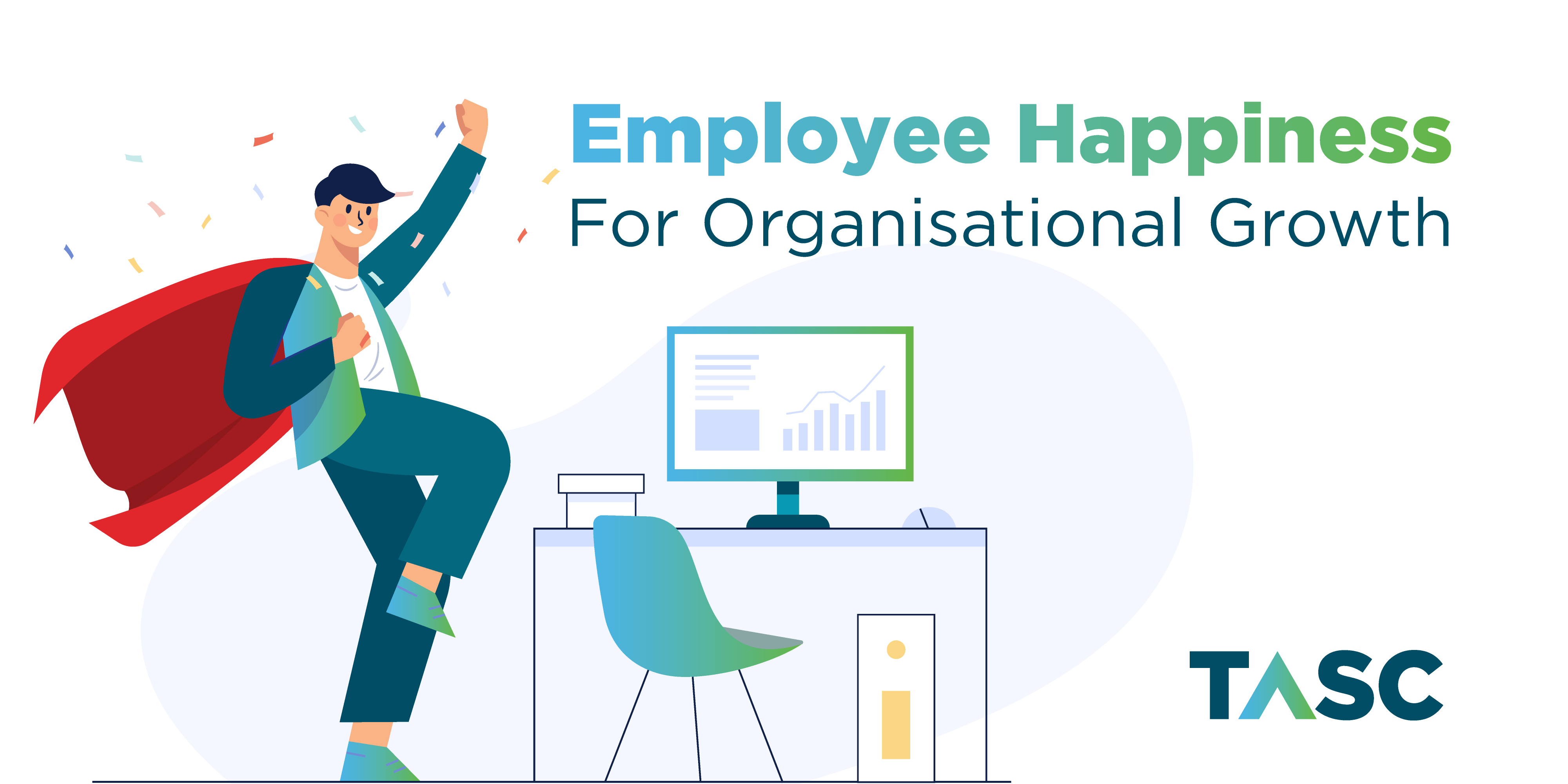5 Ways to Prevent Employee Burnout
According to the World Health Organization, burnout is a health syndrome triggered by chronic workplace stress that hasn’t been managed successfully. When employees suffer from burnout, not only are they exhausted, but they also carry a negative attitude towards their job, leading to an overall decline in productivity.
A recent Gallup Poll disclosed that around 76 % of workers experienced burnout at least half the time at their job. In comparison, 21 % reported feeling it “very often,” and around 7 % categorized their feelings as “always.”
Things did not get better when the global pandemic announced itself into our lives. A 2021 report by Indeed mentioned that 52 % of workers feel burned out, and around 63 % said the COVID-19 pandemic made it even worse.
While burnout in the workplace has debilitating consequences for the employee, it is equally bad for the employer. Employees may suffer from low morale, decreased job satisfaction, and psychosomatic health conditions. On the other hand, the company usually has to deal with reduced output, increased sick day usage, and high turnover rates. And if that wasn’t enough, a study also highlighted that employee burnout could also damage customers’ perceptions of a business.
Looking at the devastating repercussions of employee burnout, it is the need of the hour for leaders to look for ways to prevent or minimize burnout in their organizations.
Let’s take a look at a few strategies that companies can implement to proactively combat burnout in the workplace –
Maintaining an Open Line of Communication
Listening seems obvious, yet many managers aren’t doing great in this area. There are too few managers who make it a priority to check in on their employees and their well-being. When employees feel that their managers are ready to listen to their problems, particularly work-related ones, they are less likely to feel burned out.
It’s not just about listening but also addressing the problems that make employees feel their manager cares about them. The best managers are the ones who demonstrate care by investing in their team through time, attention, and awareness.
Because your employees are individuals, you must respect them and prioritize their well-being.
Equipping Managers to Prevent Burnout
What’s the use of your managers listening to employee problems when they can’t do anything about them? Because of this reason, employers need to give management the power to introduce certain changes in the workplace to prevent or reduce burnout. Doing so can send the message to employees that you do not promote a culture of stress and exhaustion.
Encouraging a Healthy Work-Life Balance
Employers work their best when they can maintain a proper work-life balance. As an employer, you can encourage your employees to support such a balance by offering flexible work schedules, closing early during holidays, or letting workers take extra time during medical appointments.
It’s also crucial to note that the pandemic has transformed how and where people work. While many employees are returning to the office space, some find themselves more productive at work, while others find an office space more engaging. In such cases, adopting a hybrid work schedule helps employees work in an environment where they feel most comfortable, thereby increasing happiness and reducing stress simultaneously.
Making Work More Meaningful for Employees
Employees are less likely to experience burnout when they can connect with their company’s purpose or mission. Everybody wants to feel that their contributions are worth something, and while a paycheck at the end of the month feels good, it shouldn’t be without a lack of purpose.
Rather than pasting the mission statement on the wall, managers can go one step ahead to show how the contributions of every employee are making a difference. When you can cultivate a sense of purpose in your employees, you’ll do a better job at making their daily tasks and roles fulfilling for them.
Destigmatizing Mental Health Resources
Despite all the efforts you take to prevent burnout, some of your employees may experience it. When you notice that a worker is on the verge of burnout, you could direct them to an Employee Assistance Program (EAP), and that could make all the difference.
Employees aren’t often unaware of such services even if you provide them to your workplace. Hence, HR leaders or managers must communicate when employees can reach out to an EAP and how they can do so.
Wrapping Up
For many workers, uncertainty at the workplace can also play an influential role in causing burnout, which has become the status quo at home and in the workplace, thanks to the pandemic.
Because uncertainty can cause unnecessary stress, HR managers and company leaders can do their bit to foster an environment where employees feel more in control of their careers and professional lives.
Only through regular communication and employee feedback can leaders develop a work atmosphere high on clarity, low on ambiguity, and better well-being.




.png)
.jpg)